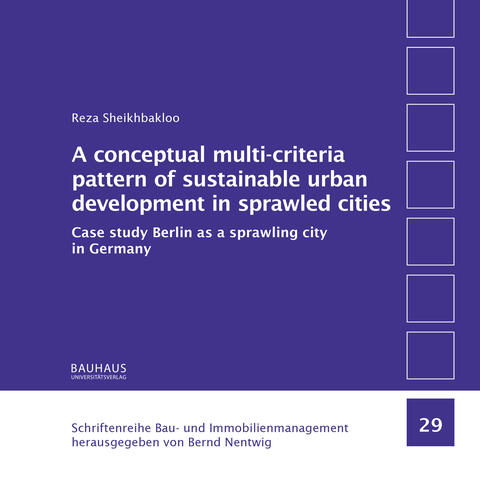A conceptual multi-criteria pattern of sustainable urban development in sprawled cities
Case study Berlin as a sprawling city in Germany
Due to growing of urbanization in recent decades, “sprawl” and “smart growth” play a key role in urban planning toward sustainable urban development. This thesis develops the pattern of urban development based on the key indicators by integrating with urban sprawl key drivers in 12 districts of Berlin as a “sprawl city” based on data related to the 2000-2010 period.
Sustainability of areas in sprawled cities with denser population is greater than the sustainability of areas with lower population density the same as the model of compact urban development and a decreasing trend created by rapid growth of population in comparison with the medium population density. High percentage of green spaces may have a negative impact on sustainability in some sprawl areas by having effects on mitigation the values of key indicators associated with the economic, social and cultural development. Sustainability of the urban sprawl process in Berlin has the rising trend and it follows from the expected rapid economic development as internal economic dynamism.
Based on the geographical and regional divisions, sustainability in Berlin districts changes with a fluctuation. Key factors and indicators influencing in the pattern of sustainability are relatively constant during the research time span.
